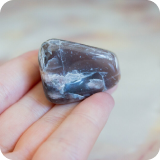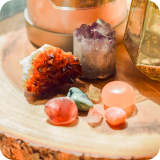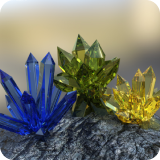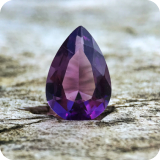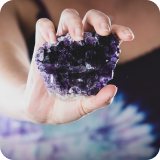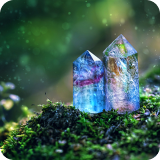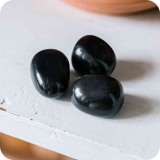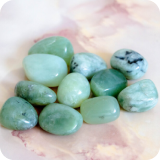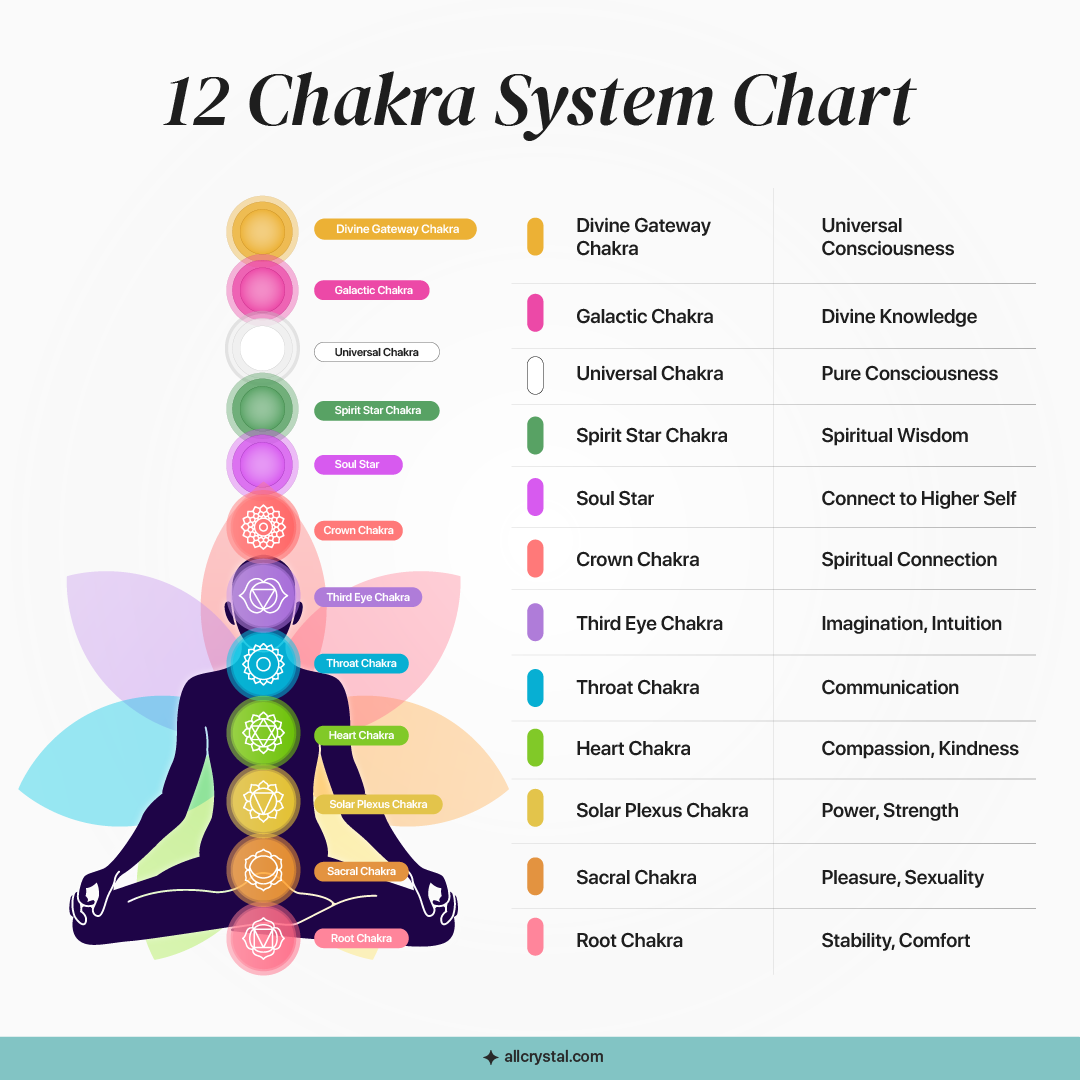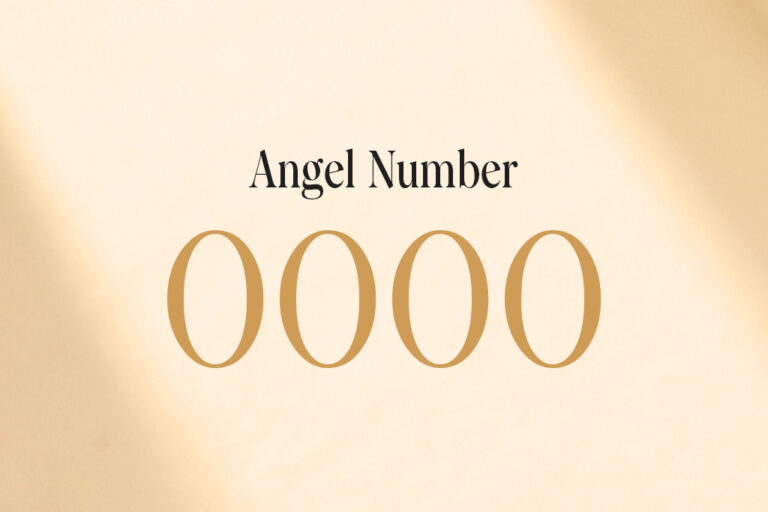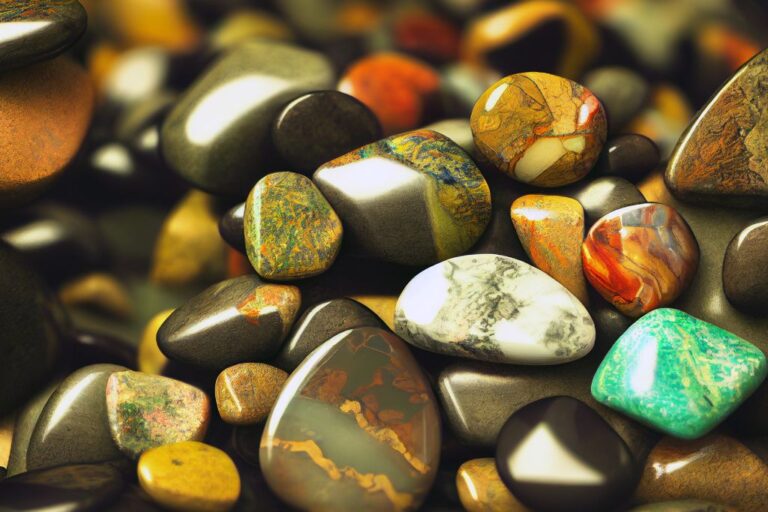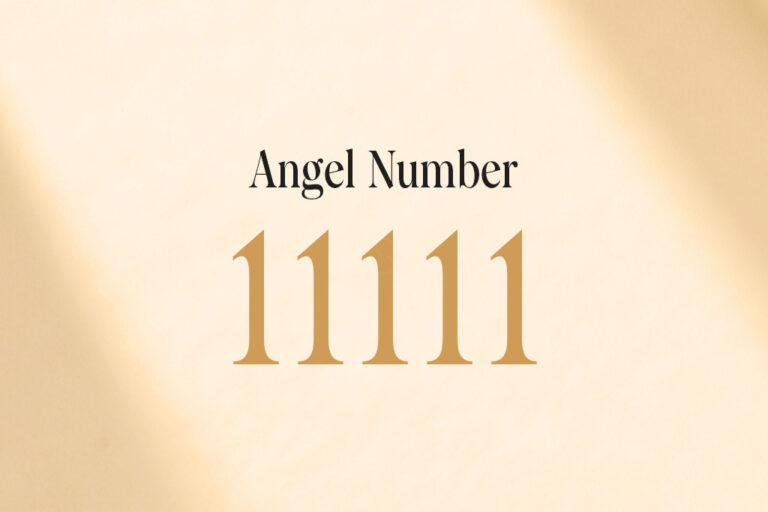Tibetan Black Quartz
(tuh - beh - tuhn blak kworts)What is Tibetan Black Quartz?
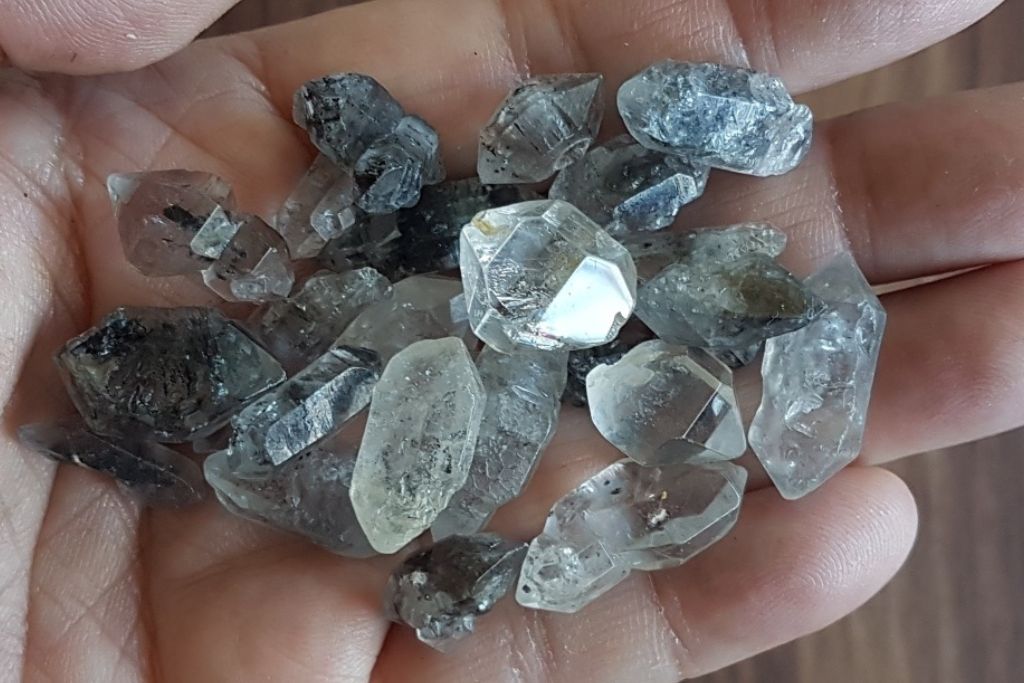
Tibetan Black Quartz is known for its smoky black color, often intermingled with clear or white portions. Its texture is smooth and glass-like, with patterns ranging from entirely opaque to translucent. These visual characteristics contribute to its mysterious and alluring appearance.
Composed mainly of silicon dioxide, this crystal contains mineral inclusions that give it its distinctive black color. These minerals, such as Hematite or Carbon, create a complex structure. Its hardness is rated 7 on the Mohs scale, making it relatively durable and scratch-resistant.
Originating from the high altitudes of the Tibetan Himalayas, this crystal has been revered for centuries. Local monks have used it for meditation and healing, believing in its spiritual properties. Its scarcity and unique appearance have also made it a sought-after item among collectors.
Tibetan Black Quartz is often seen as a robust spiritual growth and protection tool among crystal enthusiasts. Collectors value it for its rarity and unique appearance. Its connection to Tibetan spiritual traditions adds to its appeal, making it a prized possession for many.
Did you know that there’s an interesting myth that Tibetan Black Quartz possesses the ability to connect the spiritual realms with Earth? Some believe it can bridge worlds, aiding spiritual communication and enlightenment. This mystical belief adds another layer of fascination to this already intriguing crystal.
Tibetan Black Quartz Healing Properties & Benefits
Calmness and Harmony
- Tibetan Black Quartz’s healing properties help to soothe the mind, promoting a sense of calm and harmony. Its connection to the Earth element stabilizes emotions.
- Place the crystal in a bowl of salt water under the moonlight to enhance this effect for a night. This charging method aligns the crystal with natural rhythms, amplifying its calming properties.
Knowledge
- The clear aspect of this crystal symbolizes clarity of thought, aiding in intellectual pursuits and knowledge acquisition.
- Meditating with the crystal near the Third Eye Chakra while focusing on a specific subject can activate its knowledge-enhancing properties.
Strength
- The black color energy of Tibetan Black Quartz imparts physical and emotional strength, boosting resilience and determination.
- Holding the crystal while visualizing a strong tree with deep roots can program it to enhance personal strength and grounding.
Fertility and Hormonal Balance
- One of Tibetan Black Quartz’s benefits is believed to balance hormones and enhance fertility, connecting with the body’s natural cycles.
- Placing the crystal on the body’s fertility points and gently massaging it can activate its balancing properties. This should be done with intention and focus on hormonal harmony.
Sound Sleep
- The protective energy of Tibetan Black Quartz’s properties ward off nightmares, contributing to peaceful and restorative sleep.
- Creating a sleep grid with Tibetan Black Quartz around the bed and gentle affirmations can program the crystal for sound sleep and dream protection.
Tibetan Black Quartz Spiritual Properties & Benefits
 Good Fortune and Abundance
Good Fortune and Abundance
- The numerical vibration of 8 in Tibetan Black Quartz resonates with abundance and prosperity, attracting good fortune.
- To activate this property, place the crystal in the wealth corner of your home (southeast) and surround it with symbols of prosperity. Regularly affirm your intentions of abundance.
Protection
- The black color energy of this crystal forms a protective shield, warding off negative influences and energies.
- Carry the crystal with you as a talisman, and visualize a protective aura surrounding you. This personal connection enhances its protective qualities.
Manifestation
- Tibetan Black Quartz’s connection to the Crown Chakra helps manifest dreams and desires by aligning thoughts with universal energy.
- Write down your desires and place the paper under the crystal. Meditate on these intentions, allowing the crystal to absorb and amplify them.
Rebirth and Transformation
- This crystal supports personal growth and transformation, aiding in shedding old patterns and embracing new beginnings.
- Create a ritual bath with the crystal, herbs, and essential oils that symbolize rebirth. Soaking in this bath while focusing on transformation activates this property.
Cosmic Consciousness
- One of the benefits of Tibetan Black Quartz is it opens the gateway to cosmic consciousness, enhancing spiritual awareness and connection to higher realms.
- Meditate with the crystal under the stars, focusing on your connection to the universe. This alignment with celestial energy activates its cosmic properties.
Side Effects of Tibetan Black Quartz
- Disturbing Ideas: Tibetan Black Quartz has the potential to occasionally induce unsettling thoughts or ideas. To mitigate this effect, it’s important to consistently cleanse the crystal and establish clear intentions.
- Change of Personality: The usage of this crystal might bring about subtle shifts in one’s personality or behavior. To ensure equilibrium, it is recommended to combine its use with grounding stones or practices.
- Vivid Dreams: Many people who have Tibetan Black Quartz close say they have vivid, intense dreams. To fix this, it is best to either keep the crystal away from where you sleep or put calming stones nearby.
Tibetan Black Quartz Meaning: What Does Tibetan Black Quartz Symbolize?
 Tibetan Black Quartz meaning is a “peaceful link between earth and universe.”
Tibetan Black Quartz meaning is a “peaceful link between earth and universe.”
Users of this crystal often seek it for spiritual growth, protection, and enlightenment. Its multifaceted properties make it a versatile tool for various metaphysical practices.
Known by different names, it’s sometimes referred to as “Himalayan Black Quartz” or “Tibetan Shamanic Quartz,” reflecting its origin and spiritual connections.
Historically revered by Tibetan monks for meditation, this crystal has also found its place in modern spirituality. Today, it’s used for healing, chakra alignment, and energy work, maintaining its mystical allure across cultures.
Pairing this unique stone with grounding crystals, like Smoky Quartz or Hematite, can enhance its stabilizing effects. Conversely, combining it with high-vibration stones, like Selenite, can amplify spiritual connections.
Many believe this crystal contains the wisdom and vibrations of the ancient Tibetan civilization. Its connection to this spiritually-rich culture adds to its mystique and appeal, making it a sought-after crystal for collectors and spiritual practitioners.
Types of Tibetan Black Quartz Crystals
- Common Tibetan Black Quartz: Often found in a smoky black hue, this type is renowned for grounding and protection, widely used in spiritual practices.
- White Tibetan Black Quartz: Exhibiting a clear-to-white coloration, this form is associated with purity and clarity, aiding in spiritual enlightenment.
- Bicolor Tibetan Black Quartz: This two-toned crystal, often black and clear, symbolizes the balance between earthly and spiritual realms, enhancing harmony.
- Gray Tibetan Black Quartz: The gray hue represents neutrality and calmness, making this variety a tool for meditation and stress relief.
- Brown Tibetan Black Quartz: With its earthy brown tones, this type connects with nature and grounding, supporting physical and emotional stability.
- Tibetan Black Quartz Cluster: These groups of crystals, in their deep black color, are believed to magnify energy and intentions, making them potent tools for collective healing or meditation efforts.
- Twin Tibetan Black Quartz: Formed in pairs, Twin Tibetan Black Quartz, with its deep black color, signifies partnership and connection. They are renowned for enhancing relationships and personal bonds.
- Tibetan Black Spot Quartz: Characterized by black spots, this form is associated with deep introspection and self-discovery, aiding personal growth.
- Tibetan Black Quartz Phantom: Marked by ghost-like inclusions within its deep black structure, this variation establishes a connection with past lives and karmic healing, offering insights into spiritual growth and evolution.
- Banded Tibetan Black Quartz: Featuring a striking black and white banded pattern, this type symbolizes layers of growth and experience. It’s frequently employed for self-reflection and personal development.
- Blue Tibetan Black Quartz: This rare blue-hued form is linked to communication and expression, enhancing one’s ability to articulate thoughts and feelings.
- Clear Tibetan Black Quartz: Representing clarity and insight, this transparent form aids in intellectual pursuits and clear thinking.
- Synthetic or Lab-Grown Tibetan Black Quartz: Crafted in laboratories, these crystals exhibit the same deep black hue as their natural counterparts. However, they are commonly utilized for decorative purposes.
- Dyed or Treated Tibetan Black Quartz: These modified crystals, available in various shades due to treatments, may possess distinct energies based on the process. They are often chosen for their aesthetic charm rather than metaphysical applications.
How to Cleanse Tibetan Black Quartz?
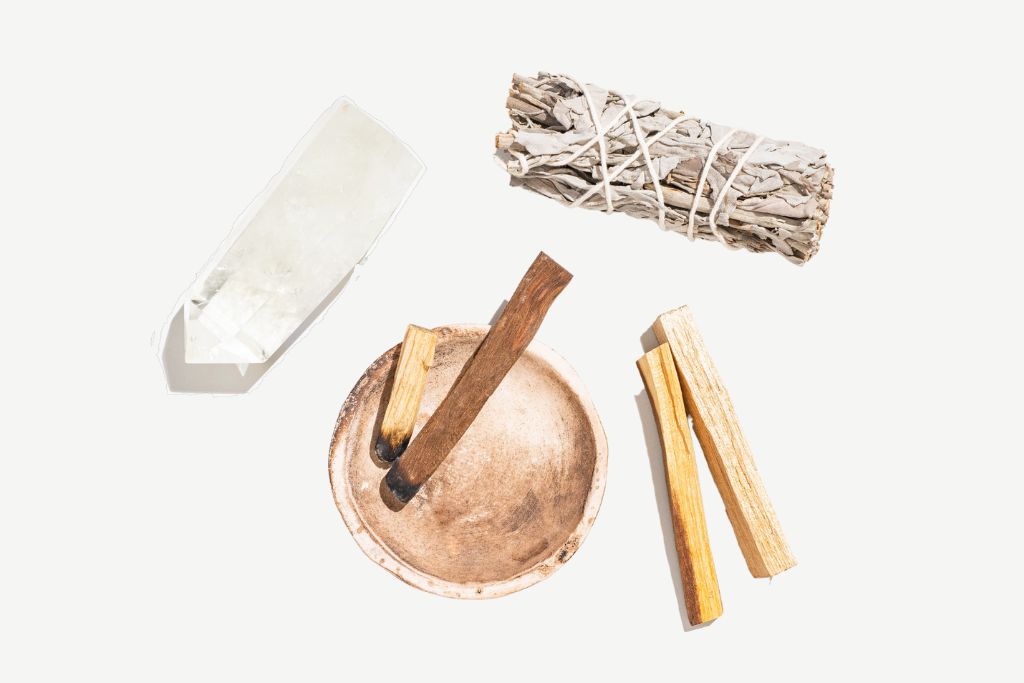
- Soil: Bury the crystal in soil for 24 hours, allowing Earth’s energy to absorb and neutralize negative vibrations.
- Sage: Pass the crystal through sage smoke, letting the purifying properties of the herb cleanse and recharge its energy.
- Clear Quartz Wand: Gently wave a Clear Quartz wand over the crystal, focusing on removing negativity; its energy will cleanse and refresh it.
Questions and Answers
Yes, it is considered rare, mainly when found with specific inclusions or colors, adding to its value and mystique.
It’s named after its primary source, the Tibetan region of the Himalayas, reflecting its spiritual and geographical connections.
Yes, it can get wet, but prolonged exposure to water may affect its luster and appearance.
No, prolonged exposure to direct sunlight may cause fading or changes in color, so it’s best to keep it away from strong sunlight.
Authenticity can be verified through unique color variations and inclusions and by consulting a reputable crystal dealer or expert.
While both may have a smoky appearance, Tibetan Black Quartz often contains unique inclusions and energies associated with Tibetan spiritual traditions, setting it apart from Smoky Quartz.
Store it in a soft cloth or padded box, pack it carefully to avoid scratches, and clean it with a gentle soap solution, avoiding harsh chemicals.
Yes, depending on its quality, origin, and rarity, it can be relatively expensive compared to other Quartz varieties.
Stones like Smoky Quartz, Hematite, and Selenite pair well with Tibetan Black Quartz, enhancing grounding or spiritual properties.
No, Morion Quartz is a specific variety of very dark Smoky Quartz, and while they may appear similar, they have different properties and origins.
Interactions with Tibetan Black Quartz

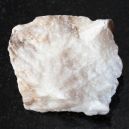
Tibetan Black Quartz vs. Anhydrite
While Tibetan Black Quartz (Saturn and Mercury) and Anhydrite (Mercury) share Mercury as a ruling planet, their combination can potentially clash due to Saturn’s influence. This pairing might create a blend of grounding and communication energies, aiding in disciplined expression.
| Crystal | Tibetan Black Quartz | Anhydrite |
| Chakras | Root, Heart, Third Eye, andCrown. | Root, Sacral, Solar Plexus, Heart, Throat, Third Eye, and Crown, |
| Ruling Planet | Saturn and Mercury. | Mercury |
| Ruling Element | Earth and Air. | Air and Ether. |
| MOHS | 7 | 3 to 3.5. |
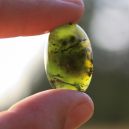

Tibetan Black Quartz vs. Lemurian Jade
Tibetan Black Quartz (Saturn and Mercury) and Lemurian Jade (Venus) possess ruling planets that suggest a promising synergy. This pairing could blend grounded wisdom with love-based energies, fostering a harmonious connection between practicality and emotional well-being.
| Crystal | Tibetan Black Quartz | Lemurian Jade |
| Chakras | Root, Heart, Third Eye, and Crown. | Heart and Root. |
| Ruling Planet | Saturn and Mercury. | Venus |
| Ruling Element | Earth and Air. | Earth |
| MOHS | 7 | 6 |
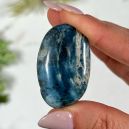

Tibetan Black Quartz vs. Dianite
Tibet Black Quartz (Saturn and Mercury) and Dianite (Moon) are ruled by distinct planets, suggesting compatibility. This may help balance logic and emotions by combining structured thinking and intuitive intuition.
| Crystal | Tibetan Black Quartz | Dianite |
| Chakras | Root, Heart, Third Eye, and Crown. | Heart, Throat, and Third Eye. |
| Ruling Planet | Saturn and Mercury. | Moon |
| Ruling Element | Earth and Air. | Water |
| MOHS | 7 | 6.5 to 7. |
Most viewed articles from Tibetan Black Quartz Crystal
